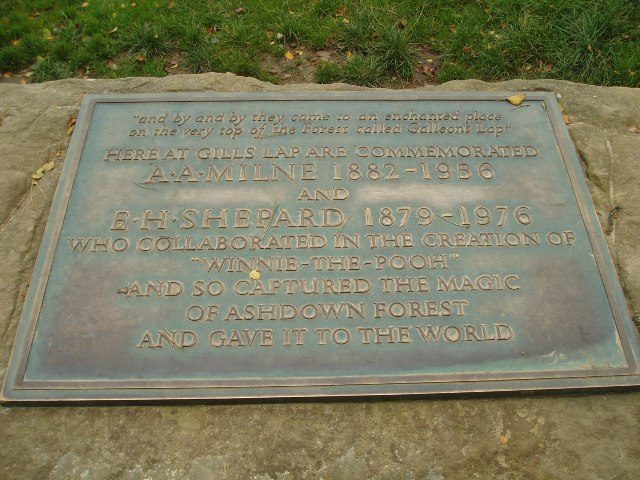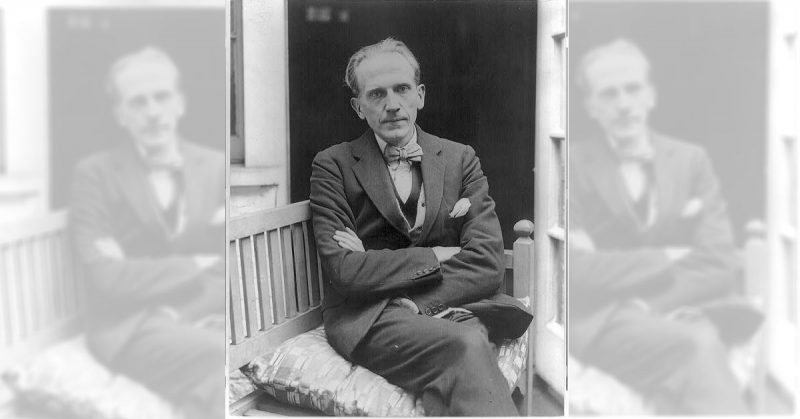Ask people what book author A. A. Milne is known for, and they’ll probably shake their heads in bewilderment. Recognition dawns when told he wrote the children’s book “Winnie the Pooh.”
A letter penned by him, outlining his conflict with pacifism and Hitler’s rise to power in the 1930s, is being displayed for the first time thanks to the Imperial War Museum in London.
This year marks the centenary of the museum, which has announced it will stage the first major UK exhibition centered on the anti-war movement.
Milne’s letter, retrieved from the institute’s large collection of documents, mirrors the conflict experienced by many pacifists who had witnessed the brutalities of World War I and prayed there would never be a repeat.
The letter embodies the moral quandary many pacifists had in the period between the first and second world wars, said curator Matt Brosnan. Milne opposed the war but over time he saw the Nazis and Hitler as wicked and an entity that required forceful action to eradicate.
Milne described himself in the letter as a ‘practical pacifist,’ writing that although the war was the lesser evil compared to Hitler, Hitlerism needed to be killed before the war could be.
He had battled with his conscience well before the rise of Hitler. He was a pacifist as the storm clouds of the oncoming First World War gathered over Europe, but enlisted voluntarily and was offered an officer’s rank by the Royal Warwickshire Regiment.
At the western front, he experienced the horrific nature of war first-hand when his best friend Ernest Pusch was blown apart as he was settling down for a cup of tea. Only days later, Ernest’s brother Frederick was fatally shot by a sniper.
More horrors occurred, such as an attack that took the lives of approximately 60 soldiers and wounded more than 100 in Milne’s battalion.

His view of war underwent a shift. He later wrote: that nightmare of moral and mental debasement made him almost physically ill.
In 2013, it became known Milne was also enlisted to a covert propaganda unit after he was discharged from military service due to trench foot. Secret documents discovered in an old trunk recorded that he was with the short-lived M17b unit which collaborated with writers to draft a positive account of the war for the home front.
He was discharged from the army in 1919 and started his career as a children’s author, writing Winnie the Pooh in the mid-1920’s. Milne wrote Peace with Honor, his famous denunciation of war published in 1934: Because he wants everybody to think as he does that war is poison, and not (as many think) an aggressive, very distasteful medicine.
Brosnan said the exhibition would mark the highs and lows of the anti-war movement.
In answer to some people who may be astonished the museum has turned its attention to pacifism, Brosnan said the museum had for a while wanted to do a show.
From the museum’s beginning in 1917, it was always about examining conflict from all viewpoints and differing angles, he explained. Most people have acknowledged that this subject is natural for them and there hasn’t been any hostility towards it, The Guardian reported.
Brosnan is pleasantly surprised there hasn’t been a backlash from campaigners. The feedback has been very positive.
